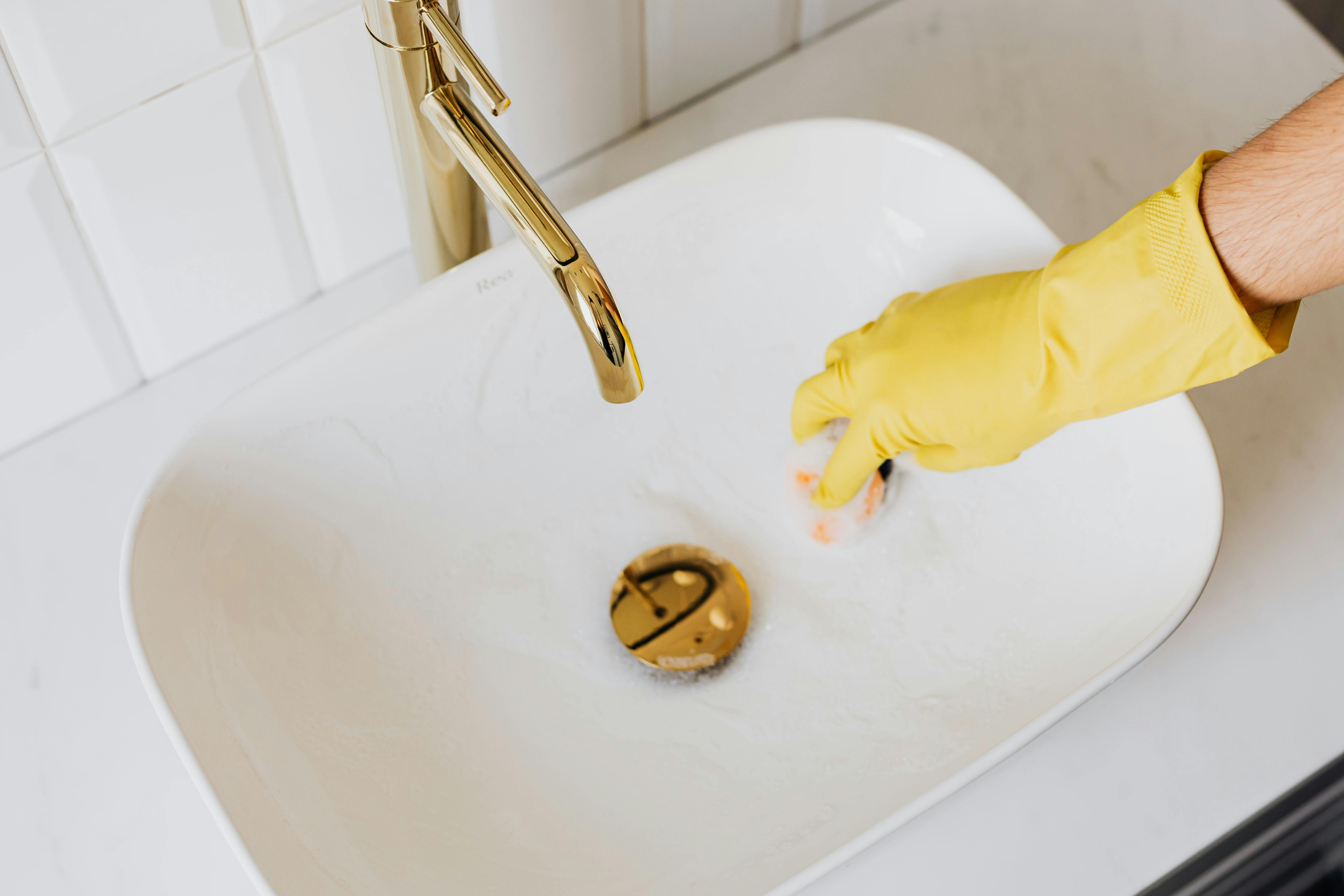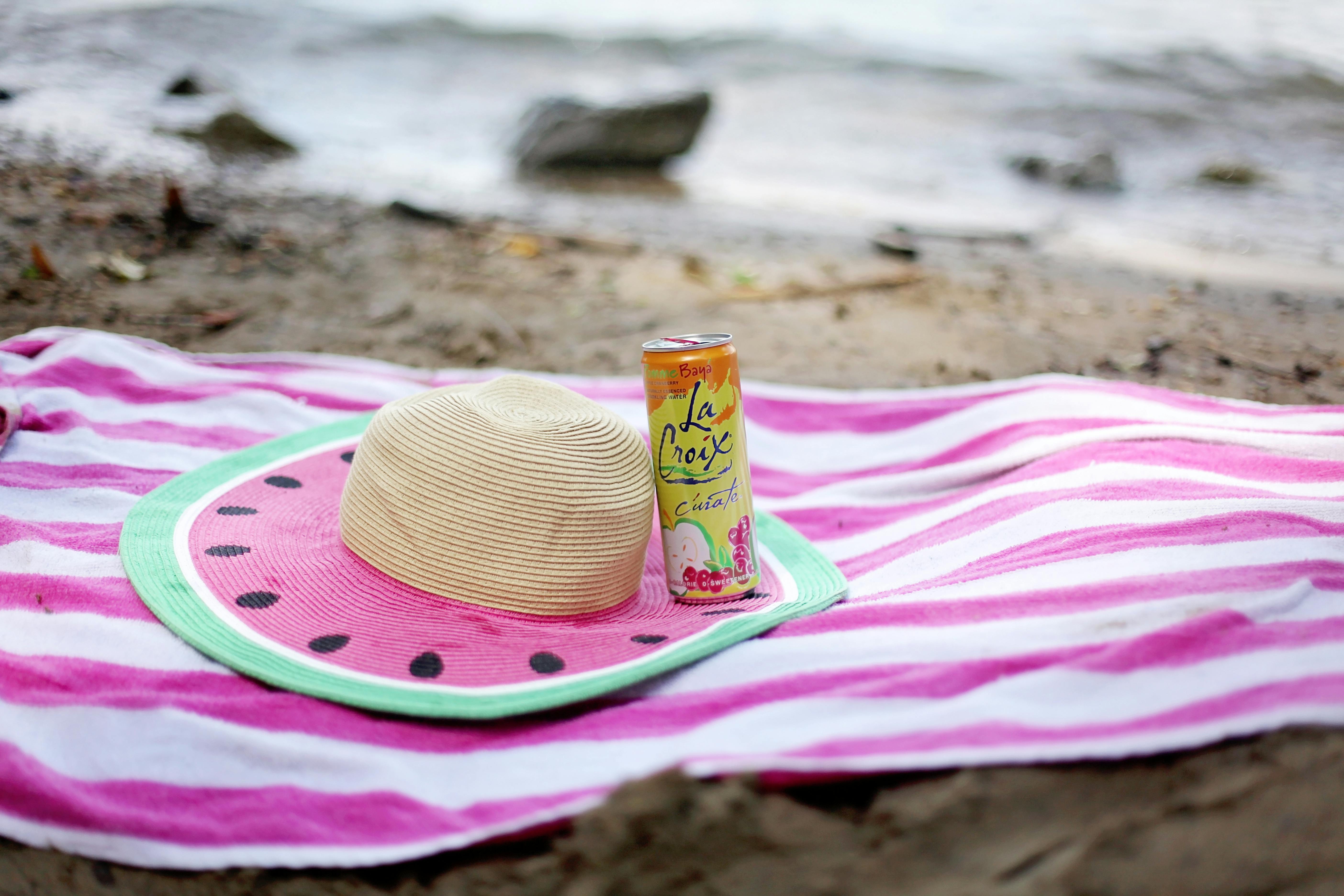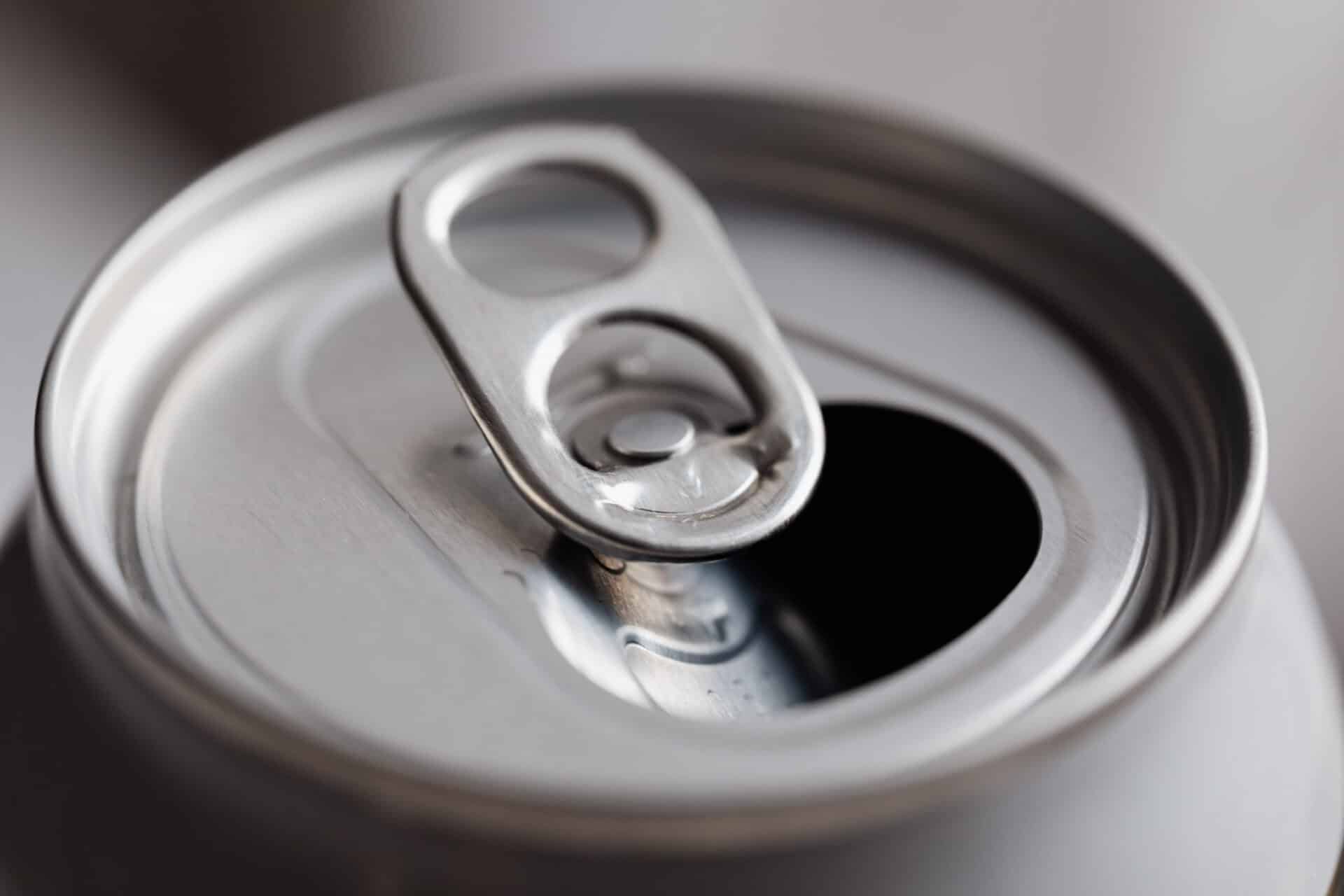Tap water contains dissolved minerals and other particles that give it a unique flavor and make it unsuitable for certain applications. Distilled water is a type of purified water that has been boiled and condensed back into liquid form, leaving behind any impurities in the water. Making distilled water from tap water is a fairly simple process that can be done at home with the right equipment. This article will provide an overview of how to make distilled water from tap water and the potential benefits of doing so.Yes, you can distill tap water. Distillation is a process in which water is boiled, and the steam is collected and condensed back into water. This process removes most contaminants from the water, leaving behind only the purest form of H2O.
What Is Distilled Water?
Distilled water is a type of purified water that has had both impurities and minerals removed. It has been boiled and then condensed back into a liquid, leaving behind any solids or other impurities. The process of distillation involves boiling the water and then collecting only the vapor that condenses back into liquid. This process leaves behind most of the minerals, salts, and other impurities that can be found in tap water. This is why it is often called “purified” or “demineralized” water.
Distilled water is often used in medical facilities, laboratories, and industries where pure water is needed for various processes or equipment. It can also be used for drinking if desired but it does not contain any of the beneficial minerals that are normally found in drinking water. For this reason, many people choose to drink filtered or mineralized water instead of distilled.
It can also be used for making steam in humidifiers and for cleaning electronic equipment as it does not leave behind any deposits or residues when evaporated. Distilled water is also commonly used in car batteries to prolong their life as it helps prevent corrosion from occurring on battery terminals due to its lack of dissolved minerals.
Advantages of Distilling Tap Water
Distilling tap water is a process of purifying water by boiling it and then collecting the condensed vapor, which is free of impurities. This process has many advantages, making it one of the most reliable methods for purifying water.
One advantage of distilling tap water is that it removes all the dissolved contaminants and microorganisms from the water. This includes inorganic compounds like heavy metals, as well as organic compounds like chlorine and other chemicals. Since these contaminants are removed from the water, it is much safer to drink than untreated tap water.
Another advantage of distilling tap water is that it removes any unpleasant odors and tastes from the water. This makes it far more palatable than untreated tap water, making it more enjoyable to drink. In addition, distillation can also remove radon gas from the water, which can be dangerous if ingested in large quantities.
Finally, distilling tap water is much more cost-efficient than other methods of purifying drinking water. Since all contaminants are removed during this process, there is no need to buy bottled or filtered drinking water, saving both money and resources in the long run.
Overall, distilling tap water offers many advantages over other methods of purifying drinking water. It removes all contaminants and microorganisms, eliminates unpleasant odors and tastes, and is very cost-efficient in the long run. For these reasons, distillation remains one of the most reliable methods for purifying drinking water.
Advantages of Distilling Tap Water
Distilling tap water can be a great way to purify your drinking water. It removes most of the contaminants and impurities, including bacteria, heavy metals, and other harmful compounds. Additionally, it helps to reduce the amount of chlorine and fluoride in your tap water. Distilling also removes any bad tastes or odors from the water, making it much better tasting than regular tap water. Furthermore, it is a relatively easy process to do at home with minimal equipment needed.
Disadvantages of Distilling Tap Water
One potential downside to distilling tap water is that it can be time consuming. Depending on how much water you’re trying to purify, it could take multiple hours for the process to complete. Additionally, distilling does not remove some chemicals or compounds from the water such as nitrates or pesticides. This means that you may still need to use a filter after distilling if you want to get these out of your drinking water as well. Finally, while distilling eliminates some minerals from the water, this may not be ideal if you are looking for mineral-rich drinking water.
Step 1: Gather the Materials
You will need a pot, a heat source, a glass or stainless steel bowl, ice, and tap water. You will also need a second pot and lid to hold the condensed steam. It is best to use glass or stainless steel rather than plastic as impurities can leach into the water during the distillation process.
Step 2: Heat the Water
Fill the larger pot with tap water and place it on the heat source. Heat the water until it comes to a rolling boil. As it boils, steam will rise from the surface of the water.
Step 3: Condense Steam
Place the second pot on top of the first one so that its bottom is in contact with steam rising from boiling water below. Place ice on top of this second pot so that it cools down and condenses steam into liquid form. The condensed liquid should then drip through a small hole in its lid into the glass or stainless steel bowl.
Step 4: Collect Distilled Water
Continue boiling and condensing until you have collected enough distilled water in your bowl. The amount of time required for distillation depends on how much distilled water you are trying to make.
Step 5: Cool & Store Distilled Water
Once you have collected enough distilled water allow it to cool before transferring it into sterile containers for storage. Discard any remaining tap water in your pot and clean both pots thoroughly before storing them away.

Distillation of Tap Water
Distilling tap water is a process that involves the removal of dissolved solids and other contaminants such as bacteria and heavy metals. Distilled water is often preferred for drinking and cooking as it is free from harmful chemicals and particles. This process requires specific equipment, including a distiller or still, to produce purified water. Here are some common tools needed to turn tap water into distilled water:
A distiller or still: This is the main tool used in distilling tap water. It works by boiling the tap water, collecting the steam, then condensing it back into liquid form. The condensed liquid is then collected in an appropriate container. There are several types of stills available, including electric and stovetop models.
A heat source: In order to boil the tap water, a heat source will be needed. This can either be an electric element or stovetop burner for electric stills, or an open flame for stovetop models.
A collection container: After the steam has been condensed back into liquid form, it will need to be collected in a suitable container such as a glass jar or plastic jug. The container should be able to withstand high temperatures and should not contain any impurities that could contaminate the distilled water.
Filters: Depending on how clean you want your distilled water to be, you may want to use filters before or after running it through the still. A sediment filter can help remove particles such as dirt and rust before they enter the still, while an activated carbon filter can help remove any remaining contaminants after distillation.
These are just some of the tools that are needed when making distilled water from tap water at home. With proper safety precautions and careful attention to detail, you can have clean drinking water free from harmful chemicals and particles in no time!
How Long Does It Take to Make Distilled Water?
Distilling water is a process that requires several steps to ensure the water is safe for consumption. Depending on the method used, it can take anywhere from 30 minutes to several hours for the water to be ready for use.
The most common method of distilling water is through boiling, which involves heating up the water until it evaporates and then collecting the steam in a separate container. This process usually takes about 30 minutes, but may take longer depending on the amount of water being distilled.
Other methods of distilling water involve passing it through a filter or a series of filters to remove contaminants and particles. This process can take up to several hours, depending on the type and size of filter used. Once all of the contaminants are removed, the filtered water will be safe for drinking.
No matter which method is used, distilling water ensures that all impurities are removed from the water before it is consumed. The time needed for this process will vary depending on how much water needs to be distilled and which method is used.
Reverse Osmosis
Reverse osmosis is one of the most popular methods of making distilled water, as it is effective in removing impurities, minerals, and other contaminants from tap water. In this process, tap water is forced through a semi-permeable membrane, where the larger molecules such as minerals and other contaminants are filtered out. The resulting water is clean and free from impurities. Reverse osmosis is often used in home distillation systems, as it provides a convenient way to produce clean drinking water.
Distillation
Distillation is another popular method of making distilled water. This process involves boiling the source water and collecting the steam that results from the boiling. The steam will contain less impurities than the original source water and can be collected in a separate container. Once collected, the steam will condense back into liquid form, resulting in distilled water that has been purified by removing any impurities or contaminants that may have been present in the original source water.
Deionization
Deionization is a process that uses ion exchange resins to remove dissolved ions from source water such as calcium, magnesium, sodium and other minerals. This process creates purer water than distillation or reverse osmosis since it removes a wider range of contaminates from the source water. Deionization can be used for both commercial and residential applications.
Ultraviolet Light Treatment
Ultraviolet (UV) light treatment is a method of purifying source water by passing it through UV light to kill any bacteria or viruses present in the source water. UV light treatment can also be used to remove some organic compounds from source waters such as chlorine and chloramines.
Activated Carbon Filtration
Activated carbon filtration is another method of producing distilled drinking water. In this process activated carbon filters are used to absorb organic compounds such as chlorine and chloramines from source waters before they are passed through membranes for further purification. Activated carbon filtration can effectively reduce levels of harmful contaminants without removing beneficial minerals found in natural sources of drinking water.

Conclusion
Distilled water can be made from tap water, however it is not recommended to do so in the home. Distillation requires a certain level of expertise to be done safely and correctly. Commercially distilled water is the safest option if you need to drink or use distilled water.
Distillation is also a great way to purify other liquids like alcohol and essential oils, which may be difficult or even impossible through other methods of filtration.
Overall, making distilled water from tap water can be done but should be done with extreme caution and care. It is important to understand the risks associated with distillation at home before attempting it. If you are looking for distilled water, it may be best to purchase it commercially instead.
In conclusion, making distilled water at home requires knowledge and proper equipment in order to do it safely and correctly. While there are benefits to doing this, such as purifying liquids like alcohol or essential oils, it is important to understand the risks associated with distillation before attempting it at home. Commercially available distilled water may be the best option if you require distilled water for drinking or other uses.

